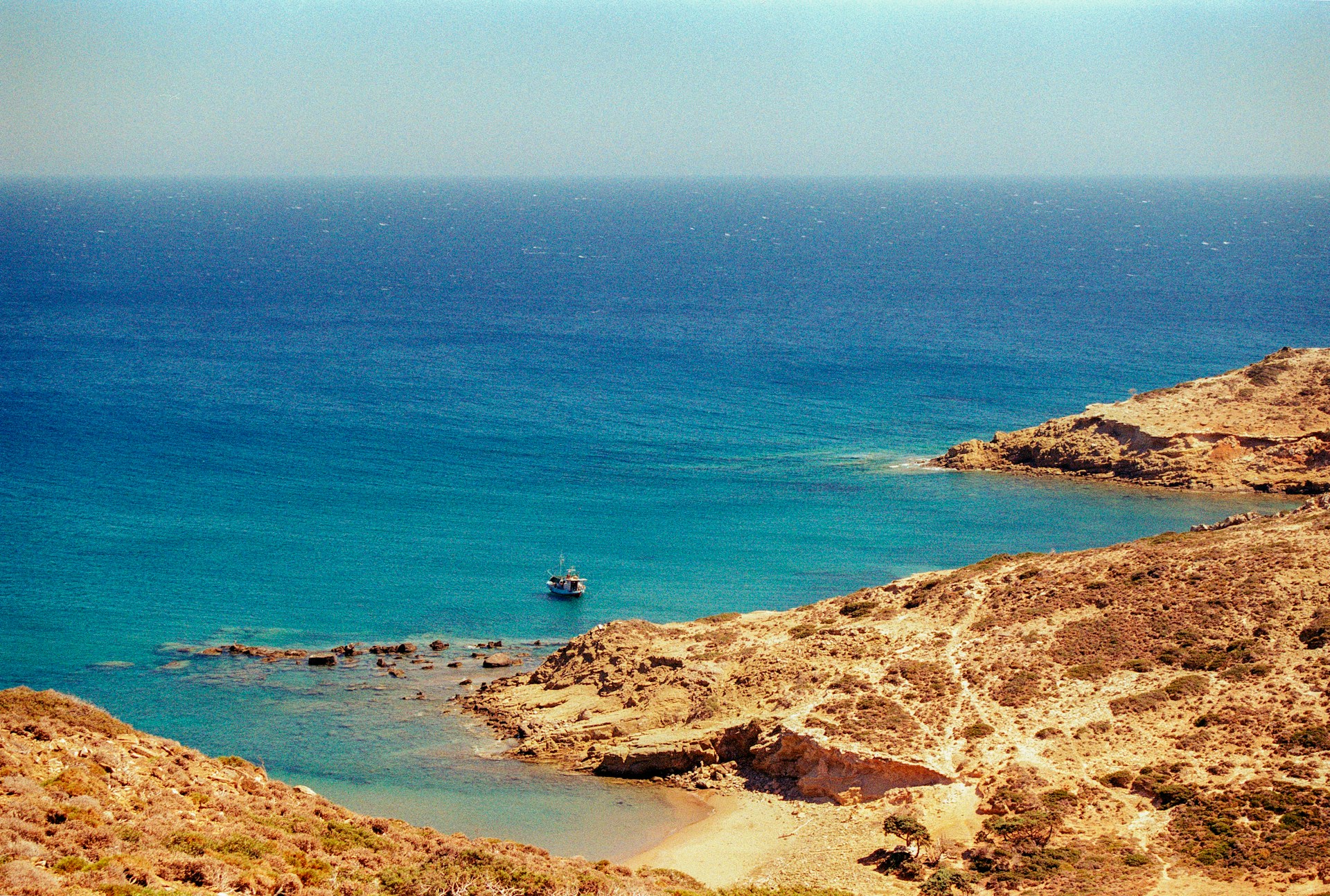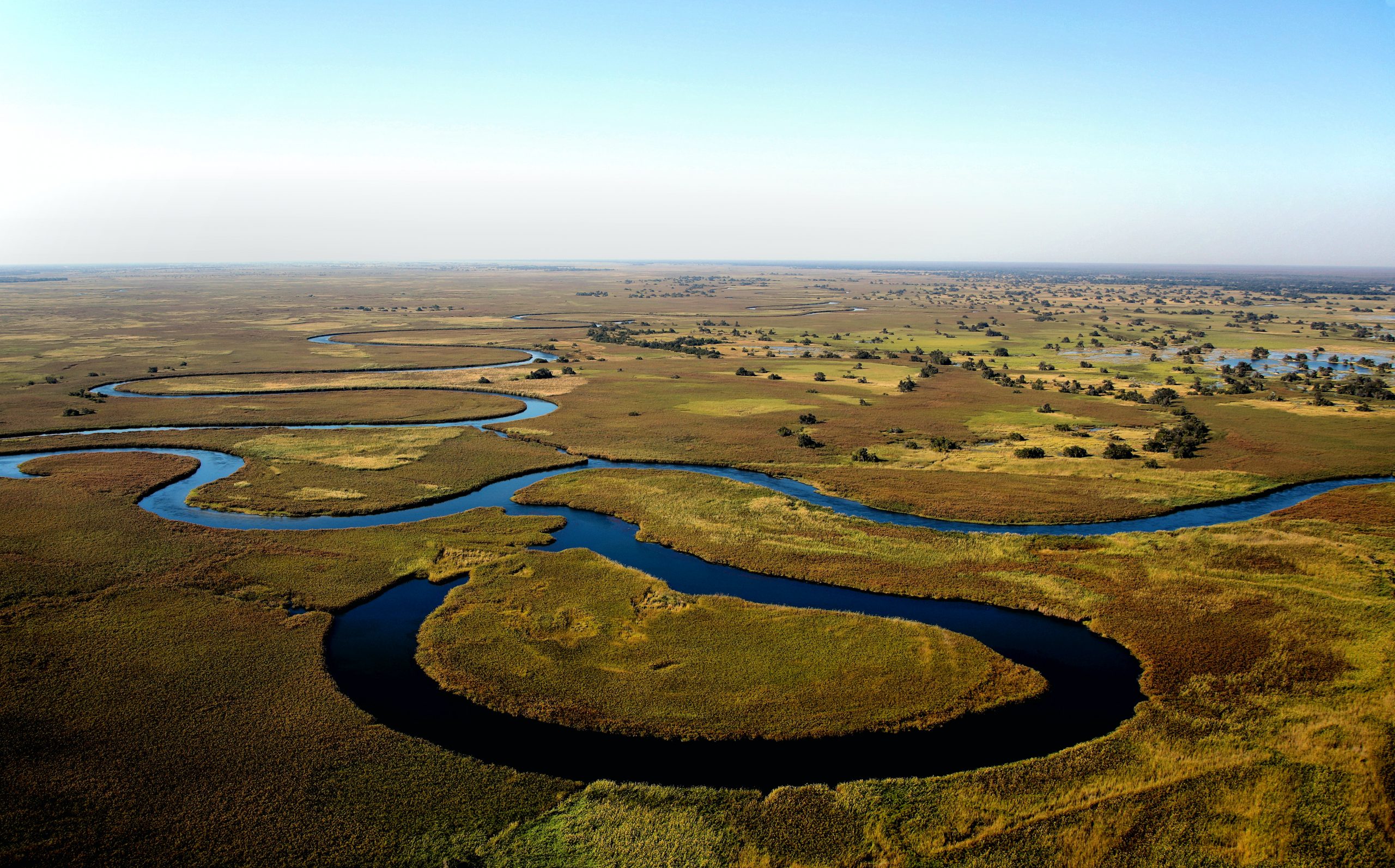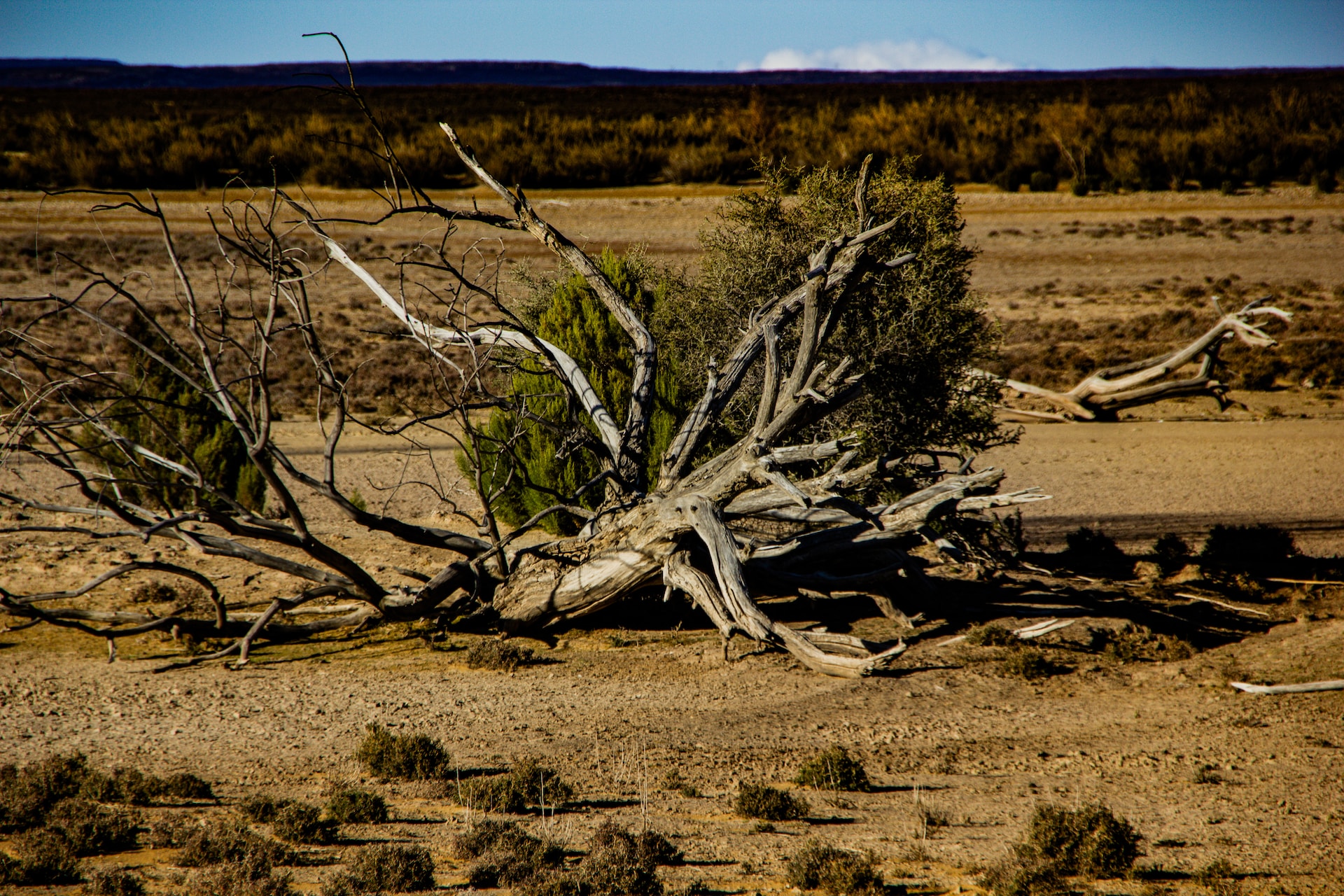The Northern Hemisphere is slowly approaching the end of the wildfire season for 2023, which normally starts in May and extends into October. This year was typical in this regard, with extreme wildfire activity experienced at various locations in the summer months. Wildfires are a natural part of many ecosystems. However, an increase in their frequency and intensity may lead to habitat destruction, damage to property and loss of life, as well as degradation of air quality. Over the last four decades, changes in the climate of European summers have led to a higher potential for wildfires. At the same time, the observed frequency and intensity of wildfires and the related emissions show a relatively high degree of inter-annual variability. In this context, the Copernicus Atmosphere Monitoring Service (CAMS) data on fire emissions and smoke transport associated with wildfires provides valuable insights to evaluate the most relevant wildfire episodes of the last few months in a comprehensive manner.
Europe
The wildfires in northern Greece this summer were the largest wildfires ever recorded in the European Union. According to data from the European Forest Fire Information Service (EFFIS), Greece’s wildfires have resulted in a cumulative burned area since the start of the year of over 173,000 hectares. Following a heatwave on the Iberian Peninsula, southwestern Portugal experienced some large wildfires in the first half of August. Reflecting the extreme wildfire activity, fire radiative power [or FRP: the rate of emitted radiative energy by the fire at the time of the observation] data for 4-9 August show values that are significantly higher than the 20-year average. Elsewhere, a large wildfire developed on the Spanish island of Tenerife on 16 August and spread quickly. Data from CAMS Global Fire Assimilation System show high daily total FRP for the Canary Islands for 16-22 August and wildfire carbon emissions for the Canary Islands in August were the highest since 2003.

Canada
Several devastating wildfires have been affecting most of the provinces and territories of Canada. First detected in May, these wildfires have been ongoing in several locations, causing great human and material loss, in addition to severely affecting air quality not only in Canada but across other regions of North America. Some of the plumes of smoke produced by these wildfires also reached Europe. The extent, persistence, and intensity of the wildfires have led to the total estimated emissions of carbon emissions for 2023 to be almost 410 megatonnes, the highest for Canada by a wide margin in the CAMS dataset. The previous record for annual carbon emissions was 2014, with 138 megatonnes of carbon. As of September the 13th, emissions from wildfires in Canada account for 27% of total global wildfire carbon emissions for 2023.

Siberia
Other significant wildfire episodes during this last season include those that took place in Russia, more particularly in Omsk oblast’, Novosibirsk oblast’, and the Far Eastern Federal District. Despite Russia experiencing wildfire emissions this year below the 20-year average, the June-August wildfire carbon emissions for the Arctic were the third-highest on record, second only to 2019 and 2020, mainly due to high latitude fires in Canada’s North Western Territories.

Back to 2022
In 2022, fire danger for Europe as a whole was higher than the average for the 1991–2020 reference period through most of the year. The frequent occurrence of high temperatures, often extreme, and persistent drought conditions in areas of central Europe and the Mediterranean region, led to extreme fire danger conditions which facilitated the ignition and spread of large fires. Under these conditions, critical fires occurred in France, Spain, Portugal, Slovenia and Czechia, resulting in the second largest burnt area on record in the European Union, just below that of 2017. In total, it is estimated that over 900,000 ha were burnt in the EU countries.

The extent of the burnt area demonstrated high fire activity early in the year, followed by a very large peak in spring, in which over 90,000 ha burnt in the EU in just one week in mid-March. However, the core of the wildfire season was seen as larger peaks in the summer months (June–August), coinciding with the large fires in central and southwestern Europe, and the Mediterranean region. From January to the end of the year, the trend in the cumulative extent of burnt area in the EU countries was above the average for the 2006–2021 reference period.

Picture Credits CC from CharlVera on Pixabay.






